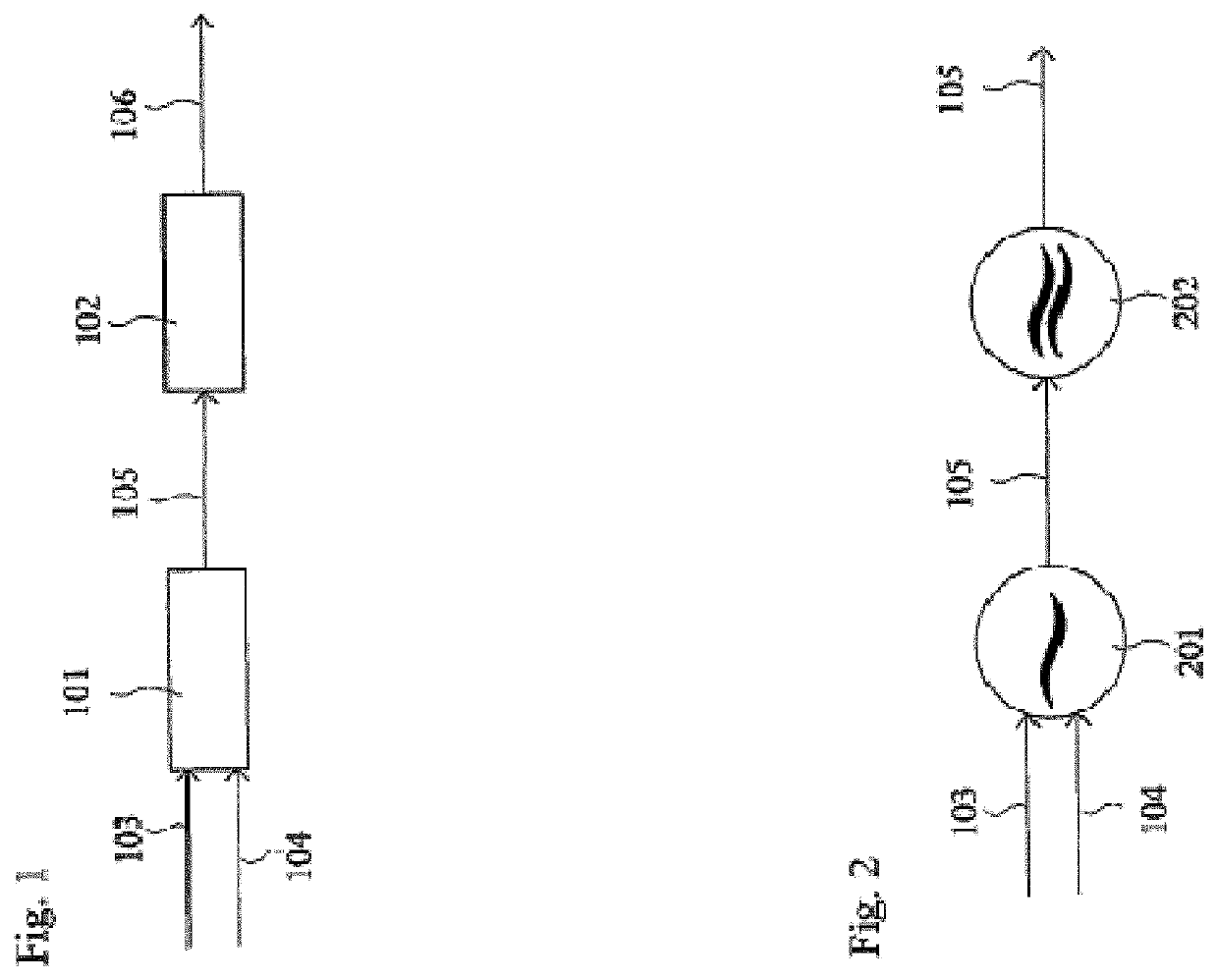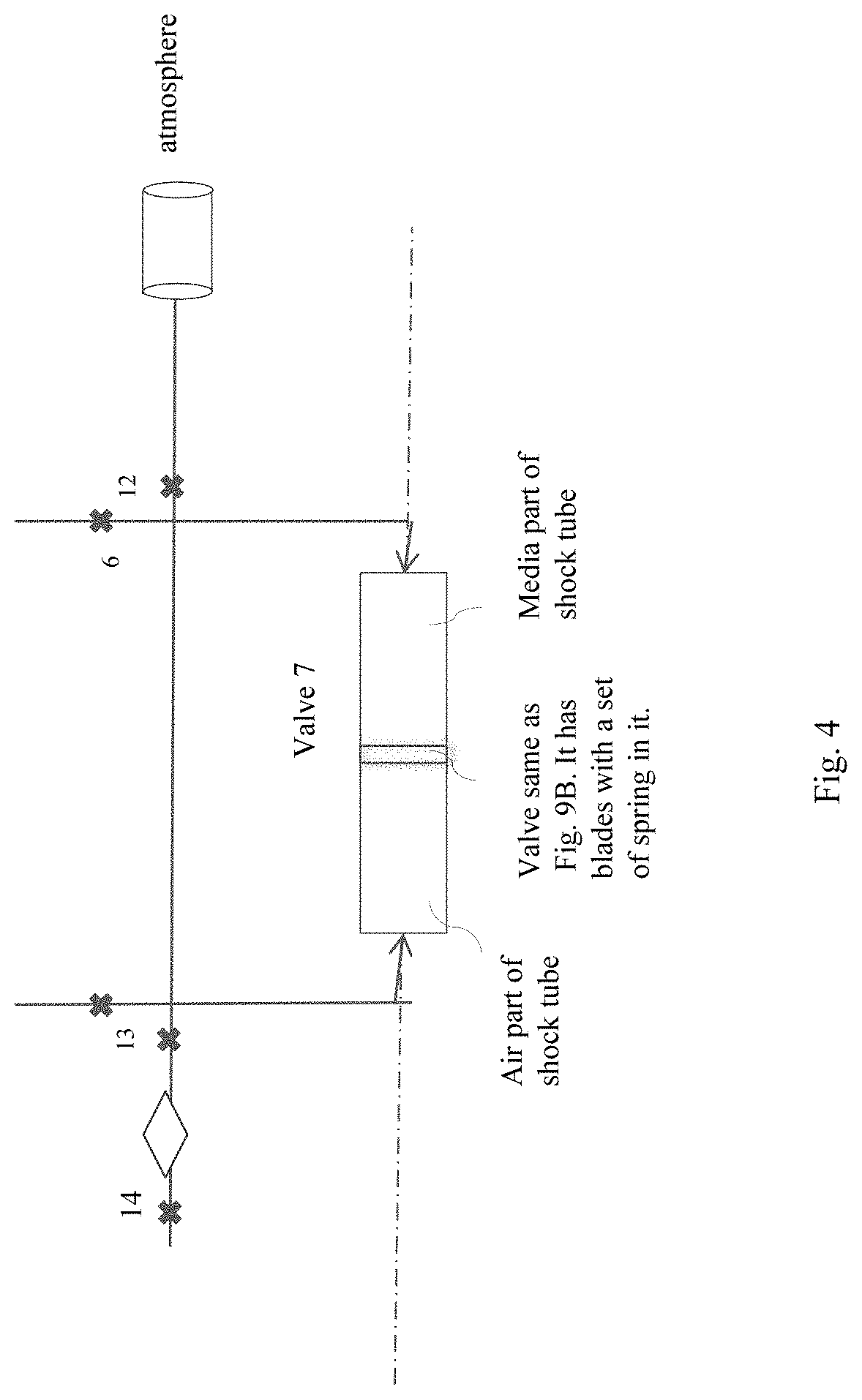Optimal feedback heat energy internal combustion engine and applications
a technology of internal combustion engine and heat energy, which is applied in the direction of engine control, climate sustainability, air transportation, etc., can solve the problems of low overall thermo efficiency of conventional internal combustion engine, no transportation device powered by optimal, and extremely low thermo efficiency
- Summary
- Abstract
- Description
- Claims
- Application Information
AI Technical Summary
Benefits of technology
Problems solved by technology
Method used
Image
Examples
Embodiment Construction
[0065]The OFHE Internal Combustion Engine and its Applications
[0066]In order to describe the patent in logical scheme of analyses and syntheses, the OFHE internal combustion engine assembly is divided into two groups according to the roles of the parts of engine playing in the working processes of the engine assembly: the active group and passive group. The active group of engine assembly includes parts of engine directly participating the production of the thermo potential heat flow TPHm by combustion of fuel and air and modulated on media. Media are the products of combustion. The passive group of assembly includes parts of engine that consumes TPHm and transforms TPHm into power output of the OFHE internal combustion engine. The analyses of active groups and the passive group, as well as a discussion of the syntheses of the two groups of the OFHE internal combustion engine assembly are discussed below.
[0067]TPH is the shortened form of the term thermo potential heat energy flow o...
PUM
 Login to View More
Login to View More Abstract
Description
Claims
Application Information
 Login to View More
Login to View More - R&D
- Intellectual Property
- Life Sciences
- Materials
- Tech Scout
- Unparalleled Data Quality
- Higher Quality Content
- 60% Fewer Hallucinations
Browse by: Latest US Patents, China's latest patents, Technical Efficacy Thesaurus, Application Domain, Technology Topic, Popular Technical Reports.
© 2025 PatSnap. All rights reserved.Legal|Privacy policy|Modern Slavery Act Transparency Statement|Sitemap|About US| Contact US: help@patsnap.com



